Ministry confirms Kokanee spawning numbers down; Kootenay Lake fishery faces huge challenges ahead
The number of Kokanee salmon spawners in Kootenay Lake is drastically lower than prior years.
As to the reason why, there are several theories.
Normally at this time of year, the number of fish spawning in the channel is around 670,000.
As of last week, that number is sitting somewhere near 5,600 in the channel with 3,000 directly below.
Senior Fish Biologist for the Forest Lands and Natural Resource Operations (FLNRO), Jeff Burrows, said that while this wasn’t entirely unexpected, these numbers are even lower than first anticipated.
Burrows said that the issue relates to larger predator-prey dynamics in the Kootenay Lake system.
However, local fisherman and guide Bob Brown says that the Ministry’s own efforts at fertilization are to blame for the lack of fish.
Are fertilization efforts to blame?
Brown has written several reports, beginning in 2009, where he states his concerns that the “volume of fertilizer being introduced into Kootenay Lake since 2006 is not working”.
Brown claims that the nitrogen in the fertilizer has lead to algae bloom, which in turn is suffocating the fish as it decays and clogs their gills.
“Since the doubling of fertilizer on Kootenay Lake, the size of the fish has drastically declined,” Brown says in his report.
In a follow up report Brown submitted in March of 2014, he continues to express his concerns regarding the level of algae, which he believes is due to the increased fertilization of the lake by the Ministry.
“I have fished all over Canada and the United States and I have never seen algae collect on a fishing line. There is only one thing that would cause this – too much nitrogen.”
Rick Manwaring, Assistant Deputy Minister, addressed Brown’s concerns in a letter sent in May of 2014.
Manwaring states that the algae mats Brown mentioned in his report are “likely Didymosphenia geminate (didymo), which forms a mat near the water line over the winter months, and is exposed as the lake level drops in spring.
This alga is not a result of fertilization.”
On the decreasing size and numbers of Gerrard Rainbow Trout, Manwaring states several possible reasons for the decline, including competition for food, selection for small fish from harvest of larger fish by anglers, and sub optimal Kokanee size for larger fish.
Brown again followed up with another report in January of 2015, where responds to the Ministry’s claims that the fluctuation in numbers is natural and not due to the fertilization efforts.
“After doubling of fertilizer, the largest Rainbow Trout were dead and gone.”
In regards to the Kokanee, Brown said the following:
“After double fertilization, the Kokanee disappeared immediately in the main body of Kootenay Lake. I spent 50 hours fishing Kokanee for the rest of June and July and caught only 16 Kokanee, all within the currents and clean waters at the mouth of Bernard Creek.”
The Ministry responds
The Nelson Daily reached out the Ministry on Tuesday to inquire as to the validity of Brown’s concerns and the steps the Ministry is taking to discover the real cause of the disappearing fish.
“The ministry is not aware of any studies that have observed algae causing mortality,” said Greg Bethel, Public Affairs Officer & Media Relations with the FLNRO.
“Additionally, kokanee survive and grow very well in many lakes that have significantly higher productivity and algae levels than Kootenay Lake, so there is no direct evidence of algae causing kokanee mortality in B.C.”
Bethel explains that the compound used in the lake is a liquid agricultural grade fertilizer to that increases available nutrients and help to increase kokanee over-winter survival, and that this is a proven method to assist fish abundance in the lake.
“In addition to quality standards that the Canadian Food Inspection Agency sets for agricultural fertilizer, we monitor lake water quality monthly, and biweekly during the peak growing season to avoid exceeding water quality guidelines for water clarity, water chemistry and algae, and also adjust nutrient inputs to optimize the algae species for zooplankton grazing,” Bethel said.
Kootenay Lake tourism taking a big hit
One way or the other, the lack of fish is decimating the angling community and local economy.
Kerry Reed is the owner and operator at Reel Adventures Fishing Charters, which offers guided angling tours of Kootenay Lake.
Reed said that whatever the truth, the lack of fish is hitting his business and other local businesses hard.
“Well, it’s put at least three business out, three guys that are no longer working here that I know of,” Reed explains.
“I dropped 30% last year and 30% this year, any more drop and I’ll probably shut it down for a while too.”
He continued, stating that the lack of fish in Kootenay Lake has caused a decline of up $3-4 million for local businesses.
“It’s huge, the tackle shop out here he isn’t selling what he used to sell. The marina I’m at right now, his fuel sales are nowhere near what the used to be. It’s never ever been at this level,” Reed said.
“I guess it’s just a matter of seeing what went wrong over the last few years and experimenting to see what we can do to fix it and how quick it comes back.”
Reed is also unsure as to the specific cause of the problem, but said Brown and the Ministry could both be correct in their reasoning.
“I think it’s a combination. I can’t say it’s the fertilizer, that’s still experimental and they keep changing it every year. I think it’s a combination of what they’ve been doing as far as fertilization and overpopulation of predator fish.”
Fishing affects all of us
Reed also mentions that although this problem, on the surface, only affects the angling industry, the ripple effects will carry through to the whole region.
“Locals may not think it affects them, but it does.
“Realtors are noticing decrease in water front sales on Kootenay Lake.
“Marinas are missing out on fuel sales and boat rentals.
“Tackle shops have experienced huge declines in sales. Boat dealers aren’t selling as many boats.
“Hotel operators revolving around fishermen are experiencing a huge decline.
“Charter operators are experiencing huge decline in business.
“And it goes on and on.
Restaurants, local stores, etc… They will all feel the brunt,” he said.
Reed stresses the community aspect, and that in order to save our lake we have to come together.
“I think the angling community and the general public could help by acknowledging the problem and supporting it by whatever means necessary,” Reed said.
“If it’s a ministry issue regarding funding or resources, maybe the public can sign a petition to receive more funding. Either way, I think the public needs to rally to help support this issue and bring back this multimillion dollar industry.”


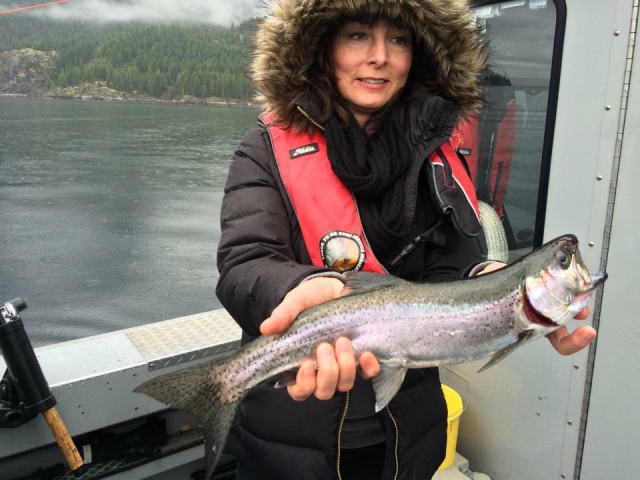


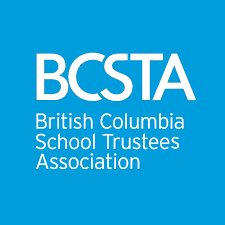



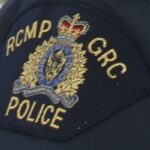







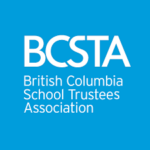
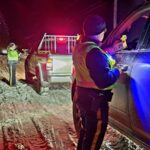







Comments